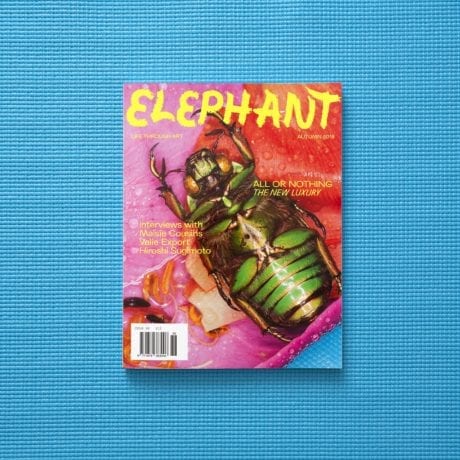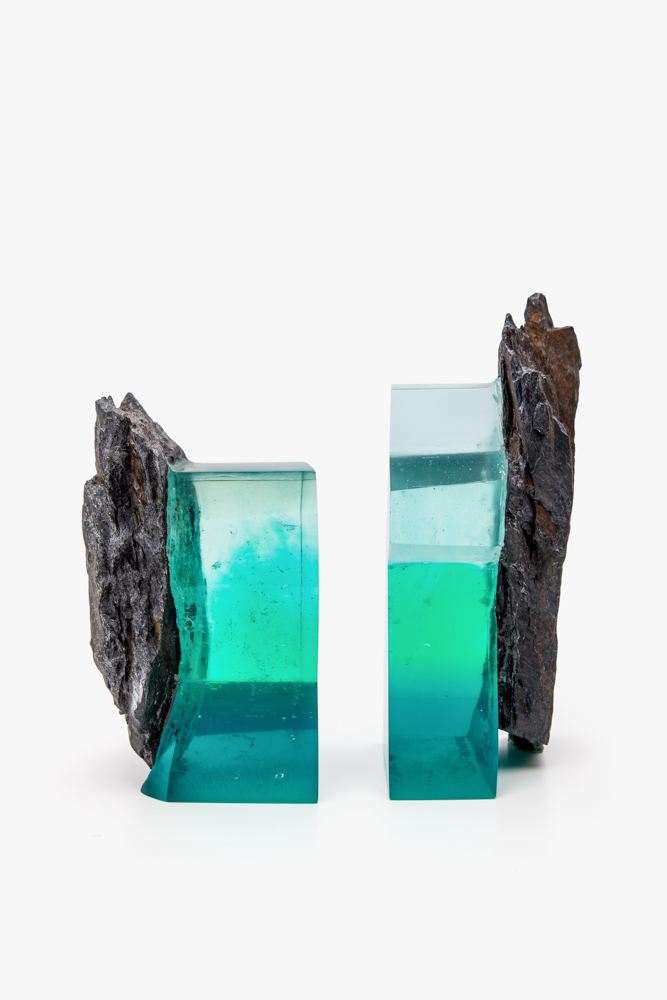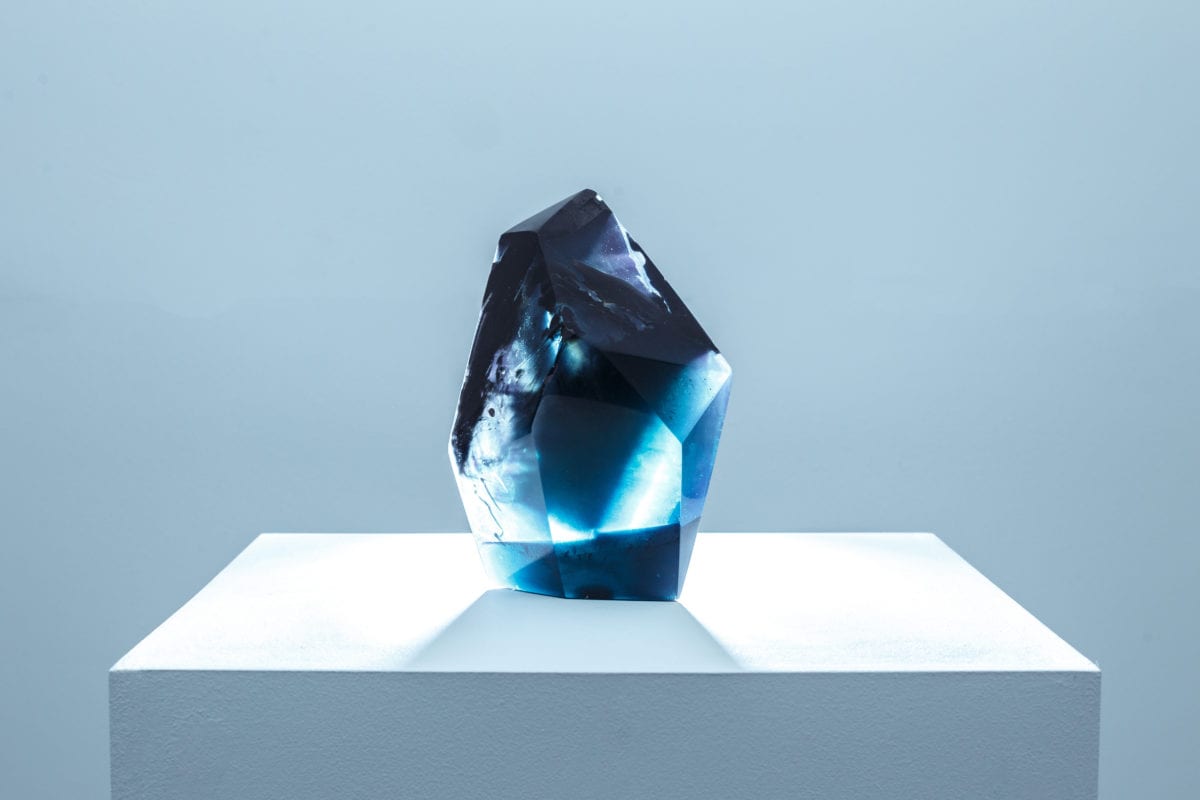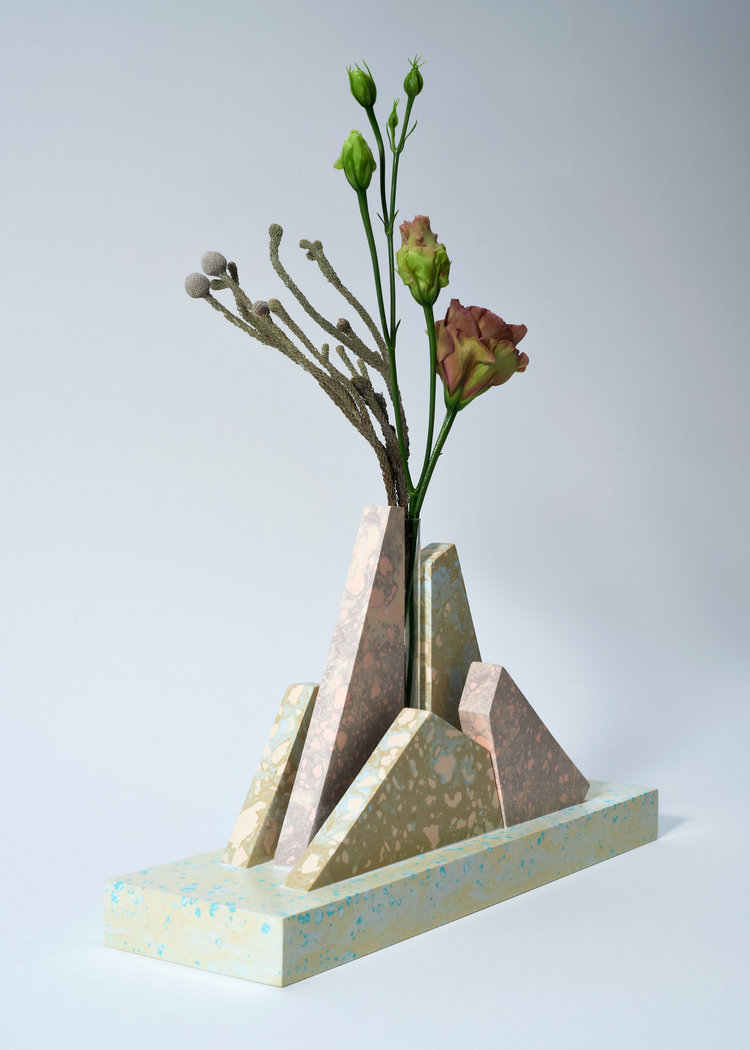
What are the most challenging and enjoyable elements of your practice, as a sculptor who also dips into design?
Sometimes people want something functional like a table or a vase or a specific interpretation, that’s when it’s relatively straightforward. On the more art side of my life was a project called As Above, So Beneath at The Chopping Block Gallery in London in 2016. The exhibition was based on substances that I felt highlighted our different view of materials in human history; bronze, cooper, salt and marble. I made a series of six sculptures exploring the mediums, literally and physically, in resin, almost treating them hermetically, looking at ideas of material alchemy. If I have a choice, I want to go and explore material and make abstract works based on that.
Tom Dixon, who recently nominated you for the Rising Talent Award at Maison et Objet, is an interesting character isn’t he. what did he see in your work?
I’m not sure, I think he’d seen my work on social media. I suppose it was the imagery that he really liked, and he described my work as “house jewellery”. I suppose he picked up on the photography. It looks like glass, doesn’t it? It’s quite an alluring thing, people often try and figure out what it is and how it’s made. I suppose there is something there to keep you looking.
“If I have a choice, I want to go and explore material and make abstract works based on that”
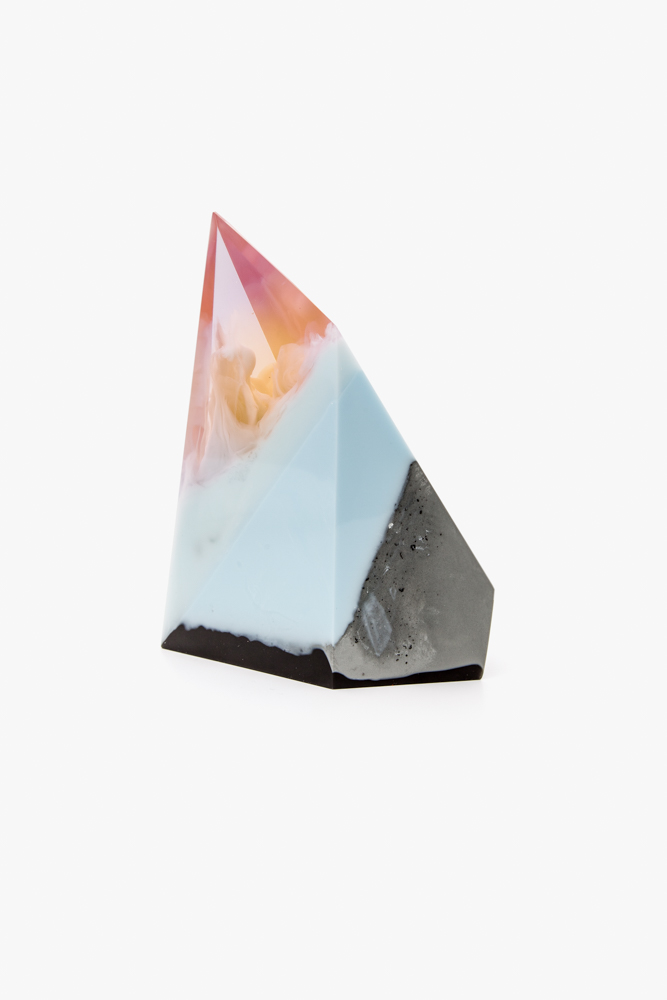
Is social media an important vehicle for your work?
It’s amazing how powerful it is, and terrifying, but everything has come through Instagram. I just started by taking photos, messing about in the studio, and stuff started coming in from that, which is brilliant really. It creates an even playing field, I think that is really cool. Social media wasn’t really around at college [Mengham graduated in 2011 from Wimbledon College of Arts] but we did learn about photography. Especially with sculpture, it’s really easy to take crap photos. Everything is so light sensitive, so it can be hard to capture the sense of space.
How do you see the representation of the work, other than the physical object?
I love sculpture and I’m a maker. It’s a bodily experience that’s tactile, but I like to get images of the work. Capturing the materiality is important to me—to be able to use photography—as I don’t do loads of shows. It helps that my partner is a photographer.
- Left: Knip, 2018. Right: ZMWSGF16, 2016
Wired, Vogue, Elle Decoration… you’ve been picked up a lot in the press.
It just spiralled really quickly from the Laboratory Perfumes
project. The photography plays a part, but I also think the work itself is accessible. I’m not a heavily conceptual artist, it’s quite easy to understand process and I like talking about how a project has come to fruition and the process of making. So I suppose the fact that it is understandable appeals.
I see a luxurious quality to your work, have other people made that connection?
Yeah, I think so. I think it’s because a lot of the work is quite shiny and glossy. In a very simple way I think that makes things feel luxurious and I find it quite strange, just being the person I am. I feel like a bit of a grotbag, so it’s interesting transitioning into opportunities within industry and luxury. I hope it would also be because you can see that there is care and craftsmanship put into the work, which is a luxury thing in itself.
“It’s amazing how powerful social media is, and terrifying”
- Left: Marble, 2016. Right: Iron, 2016
When does an art edition become a design production line? How limited are your pieces?
Each piece is always unique, all the moulds are one-offs. If someone is really desperate for a particular piece I’ll do something similar, but I’ve managed not to do things exactly the same so far, because I’ve been working in a majority of materials that start off as liquid. The nature of that is that it’s impossible to replicate exactly. I’m not required to bust out loads of editions so everything is unique, normally. I move through ideas and projects pretty rapidly.
“I’m not a heavily conceptual artist, it’s quite easy to understand process and I like talking about how a project has come to fruition and the process of making”
Would you like to be seen as a luxury designer?
I don’t mind, I think that it’s already started happening. That’s fine, at the moment I like the trajectory that’s happening, it’s a nice mix of projects on random stuff that I’m interested in and also luxury brands wanting to work with me.
This feature originally appeared in issue 36
BUY ISSUE 36